
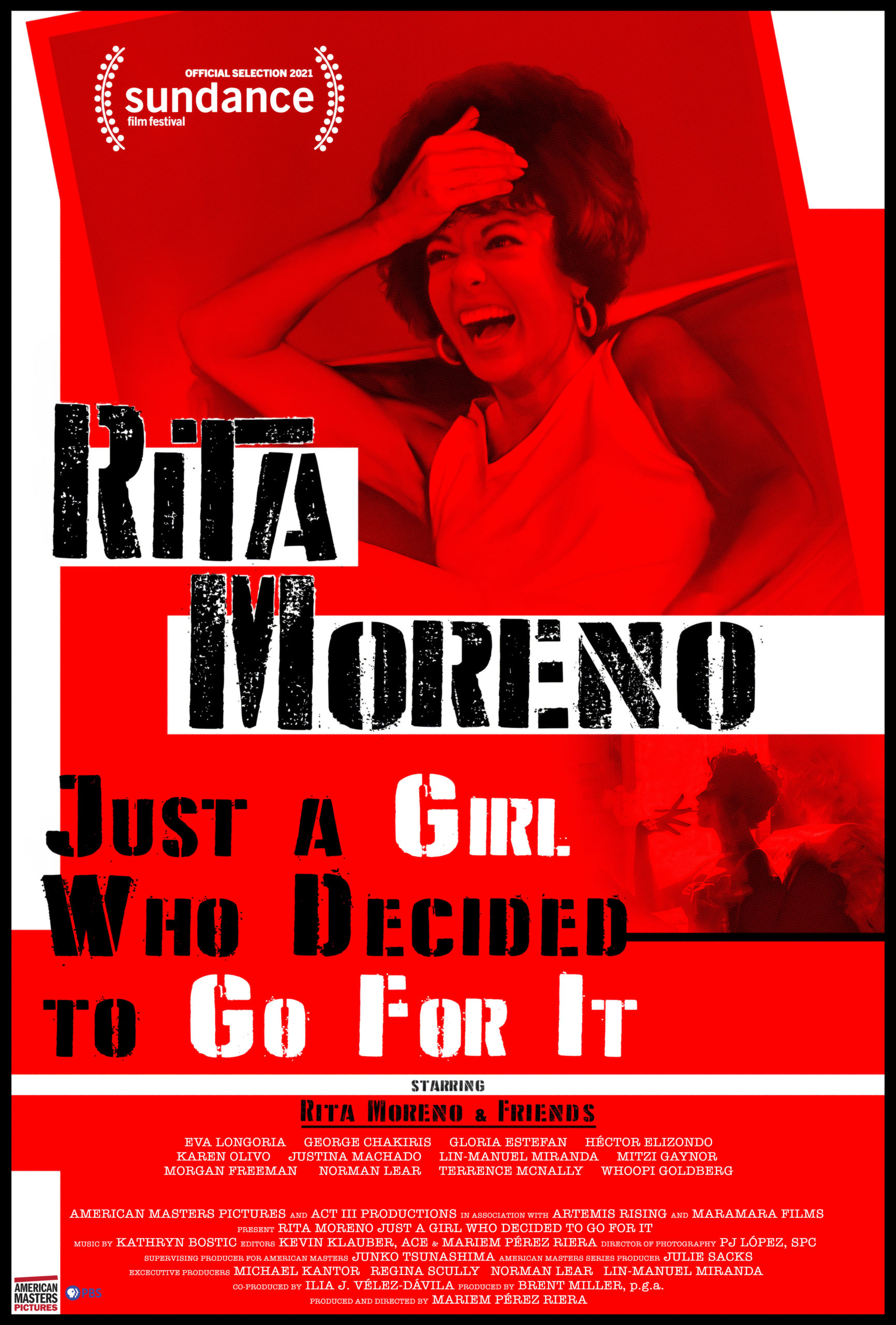
Rita Moreno: Just A Girl Who Decided to Go For It is a documentary that follows the life and career of one of most important trailblazers in Hollywood — Rita Moreno.
Comprehensive and genuine, the film is an official selection of the U.S. Documentary Competition at the 2021 Sundance Film Festival.
We had the chance to chat with director Mariem Pérez Riera and producer Ilia J. Vélez Dávila on the creation of the documentary and more!
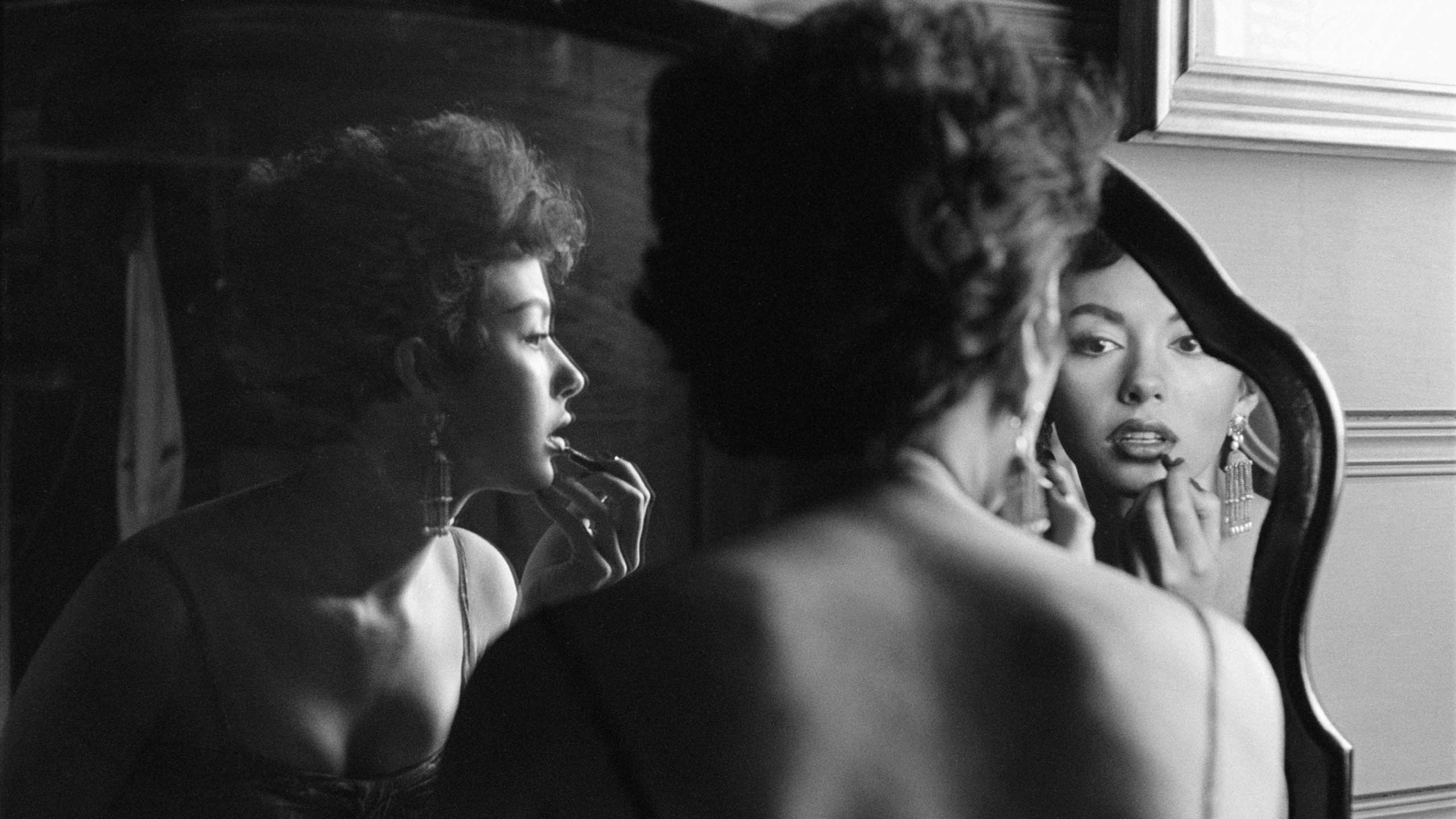
What aspect of Rita’s legacy was one of the most important priorities for you both a director and a producer?
Mariem Pérez Riera: I think, for me, her as a human being and her as a woman. She has gone through so many things throughout her 70 year career. So that was important to show in this documentary, her as a woman, and how many hardships she had throughout her path. And how she never stopped, she continued, independently of all the struggles that she had. How she managed to continue because she had her focus on her passion. Her passion was to be a performer.It didn’t matter as much to be famous, but to be able to continue to express her need to perform. I think because of that she achieved so much, because she continued to be honest with her passion, which was that she wanted to be a performer. To be able to see her legacy is to be able to see her as a human being and to be able to see her as a woman who has gone through everything that you can go through. She’s still standing and today is happy and free and the woman that she wants to be.
Ilia J. Vélez Dávila: Yeah, for me it would be the same. But as a Puerto Rican, I think to show that “I’m a little Puerto Rican, I got to the states at five years old” (and) without knowing what she was going for, could get to where she is now. Even going through so many struggles, and being energetic and happy and complete. I think the matter that she’s Puerto Rican and proud of it. And she says that everywhere. I think it’s the best legacy that we leave with this project.
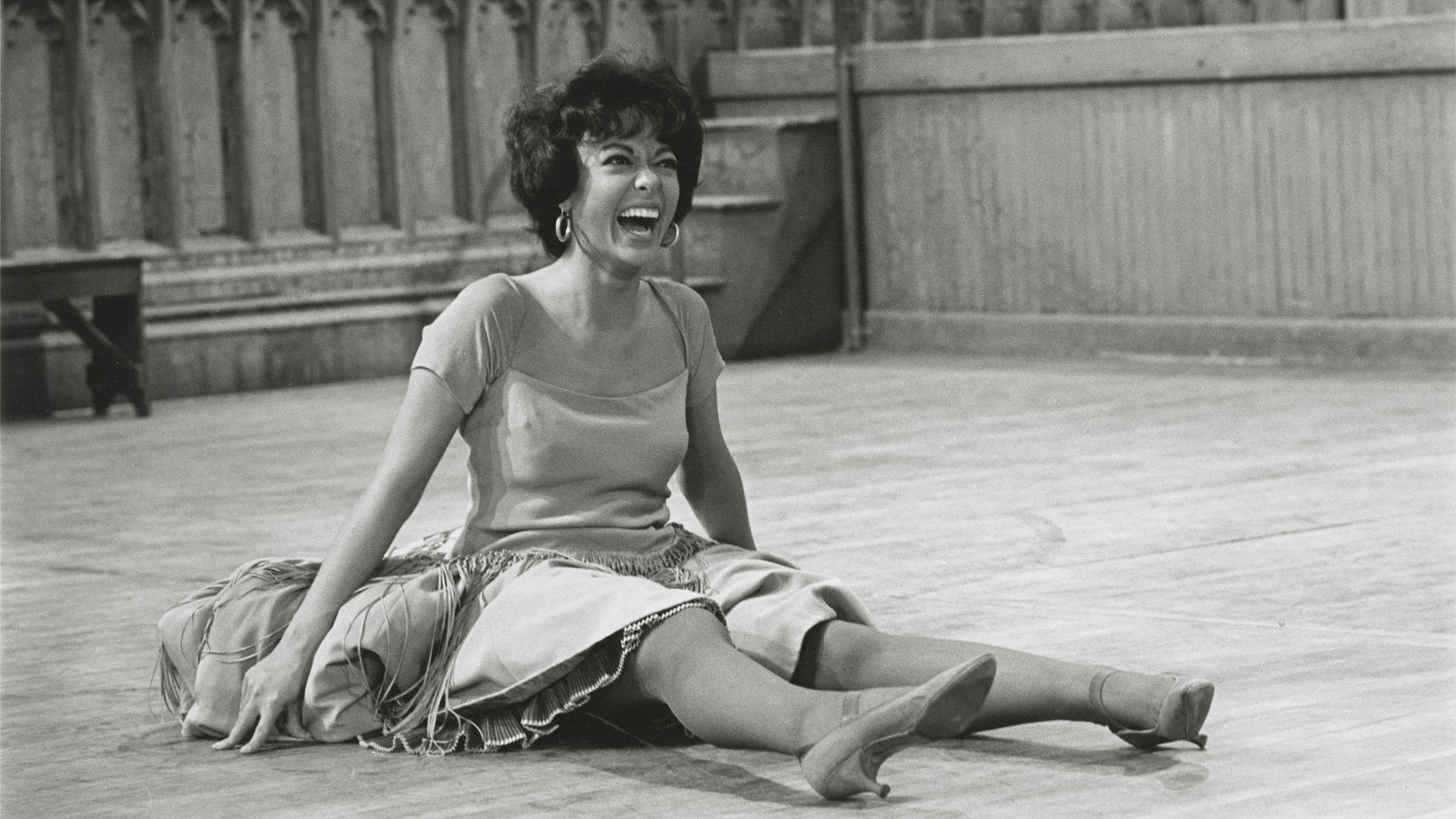
When you were kind of constructing this narrative, I know, the legacy is so big and so expansive, and you have to fit everything into this very short amount of time. What’s something ,or did something kind of surprise you during that process?
Mariem Pérez Riera: I guess what surprised us was how much we had to tell about her life. I mean, there’s a lot, and we only had 90 minutes to tell her story. We decided to come up with themes that we really wanted to make sure that were in the documentary and from there, that’s how we started creating or choosing the movies that we were going to show, the projects that she’s in, and the archival footage and animation that we wanted to be part of the documentary, was all based on specific themes that we thought were important in her life. Most of them were themes that had to do with her personal life. So that’s how we came up with 90 minutes and had to leave so much in the editing room. But I think in general, we told her story throughout and we cover as much as we could. We cover important parts of her life and her most important projects and career. But we also touch a lot of her personal life, which was very important for us, because we really wanted to show that part of her.
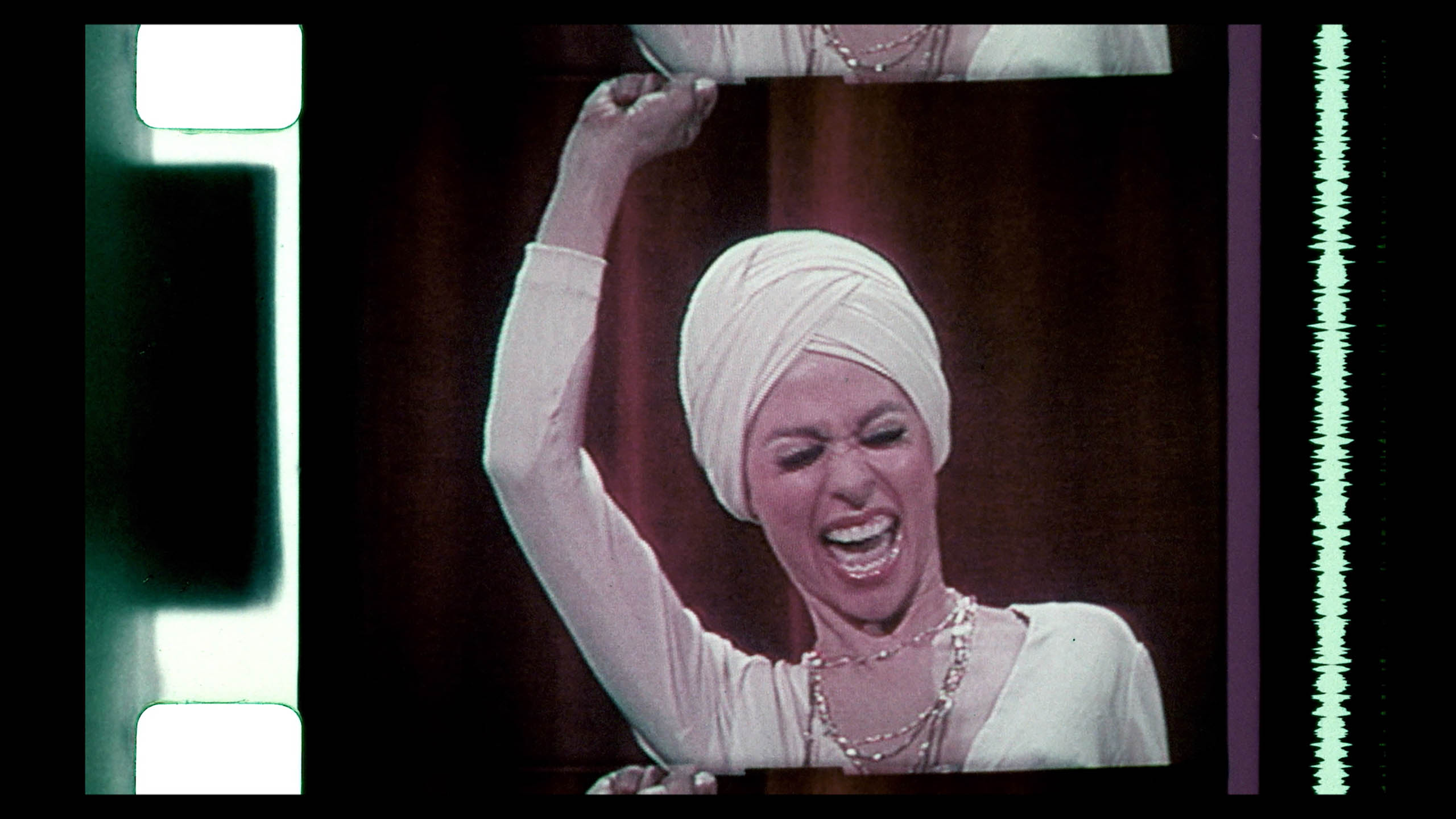
Q: I want to talk a little bit more about the beginning of the project. How did you guys get to it? Where did the idea come from? And how did you get it going?
Mariem Pérez Riera: Brent Miller, the producer of this documentary, he’s a producer of the show One Day at a Time, which is a show where Rita plays the grandmother of this Cuban family. He’s the one who, after a year of spending with Rita and learning more about her, he realized that nobody had made a documentary on her. And he couldn’t believe it. And he wanted to make one. So he put up a group of people behind it, coming with American Masters Franchise, Michael Cantor, and with the executive producer, Norman Lear. After that, they started looking for directors to be part of this documentary. That’s where I came in. I pitched an idea that is pretty much what you see in the documentary. They chose mine from all the ones that were pitched. Ilia is part of this project as well, because Ilia has been my partner in all of my projects, or most of my projects, as producer. So when I got the news that I was going to do it, I had to call Ilia and say “Please come I need you!” So that’s how she became part of it and we’re so happy. I’m very happy to be able to have her as a partner and support.
Ilia J. Vélez Dávila: And for me for having been invited! I thank her almost every day — I send her messages because it’s an incredible blessing to have been part of this.
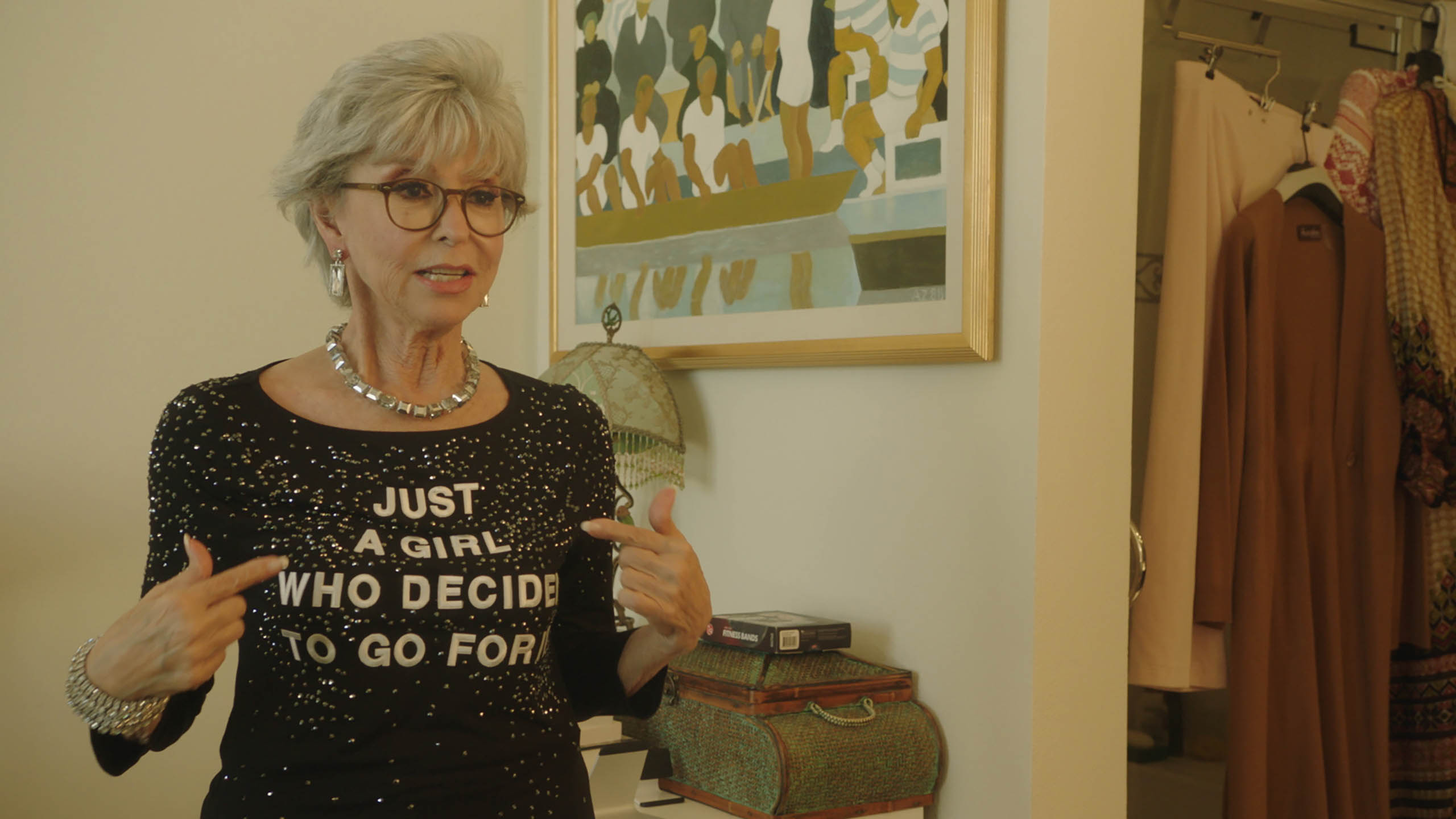
I wanted to ask you about the paper dolls, las muñequita de papel – -which throughout the film, I thought were so incredible… I wanted to ask you about how you came up with that and a little bit more about that process.
Mariem Pérez Riera: Yeah, I used to play with them when I was little too and I had Barbies. I don’t know why I had those too, I love them! That was part of my pitch. When I read her book, I realized that she, for so many years, became someone that she wasn’t. She had to pretend to be whatever everyone else wanted her to be. She would pretend to be — with the clothings that she was wearing, studying with her mom, who was a seamstress, and who would make clothes for her for her different performances, and throughout her life. She’s always been someone that pretends to be who she is not. So these paper dolls don’t have expressions, they’re always like this, but they become pretty or not depending on the clothes that you wear and so that was Rita for me for a long time. That’s why I wanted to show that. The fact that there were paper dolls is because I know that she used to play with them when she was a little girl and I could relate to that, but it was also to able to show that the paper is very fragile. It also adds to the fact that she is a fragile woman and she becomes someone that seems perfect through her clothes. But it was that — it was to show that part of the little girl that she is, the one that is insecure, the one that is always pretending to be someone that she’s not. That was the idea behind it. Keegan Rivera is the animator. He’s a stop motion animator and he’s from Puerto Rico. I’m so happy that he’s part of this too.
Ilia J. Vélez Dávila: Mariem had that idea from the very beginning and she had it very clear. This was one of the ways she wanted to tell the story. There was always an element of transition from one part of Rita or one segment of her life to another. She was very clear from the beginning on that. It really works because there has not been one person that doesn’t mention the connection or the attraction to the paper dolls, or the curiosity of what they really mean and how did they, you know, come about, so it’s great!